Artnet News Pro
Brexit and Rock-Bottom Interest Rates Are Pushing Central Europe’s Winter Auction Season to Record Highs
Totals soared, in spite of ongoing uncertainty and a return of restrictions.
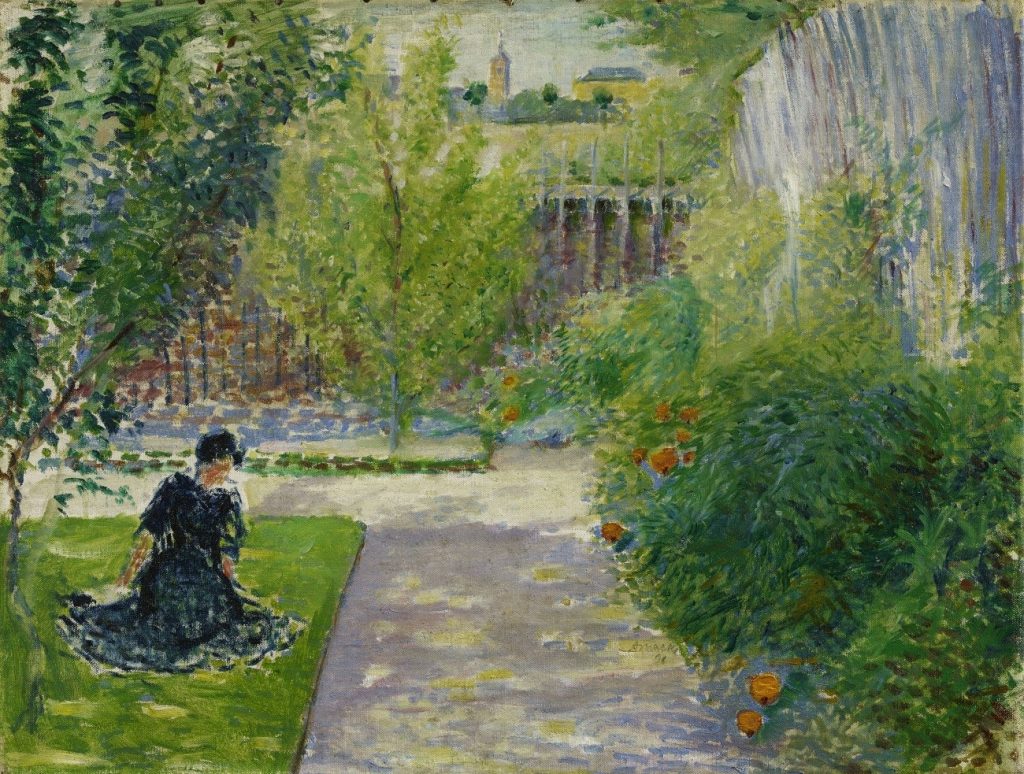
Totals soared, in spite of ongoing uncertainty and a return of restrictions.

Bidding was fierce in Munich last Friday evening, December 9, as telephone and proxy bidders fought over Albert Oehlen’s Triptychon (1988), which was up for sale at Ketterer Kunst in Munich. After aggressive bidding from collectors in Germany, Benelux, and Switzerland, the piece sold for €3.6 million, more than double its €1.5 million low estimate—marking the first time the auction house has sold a work over €3 million, and a record price for Oehlen in his native country.
The night was a part of German auction houses’ annual winter sales that begin in late November and run through this week, most of which were bustling in spite of ongoing uncertainty and a return of restrictions. In light of soaring infection rates in Europe and beyond, many houses continued with the pandemic trend of remote bidding. In general, the market in Germany has seen large gains in the past few years, during which more and more lots edge past the €1 million mark. It has not gone unnoticed: Sotheby’s opened up shop in Cologne this fall.
Ketterer Kunst announced a record year at the close of its evening auction last weekend, tallying nearly €42 million ($47 million) in sales for the second half of the year and €88 million ($99.3 million) for the year, including online sales. A total of 15 lots were sold above €1 million. Robert Ketterer, the house’s owner, credits “Brexit and low interest rates” as added factors that have boosted the continental market.
Another factor has been the NFT boom. Van Ham in Cologne debuted the first NFT sale at a German auction this month, selling five works by U.K. artist Gavin Evans—photographic pieces of celebrities including David Bowie and Björk—which went for between €14,900 ($16,800) and €19,300 ($21,800). In a statement, Van Ham’s director, Markus Eisenbeis, said that the auction house aims to create “a bridge between the traditional and the digital world of collecting.”
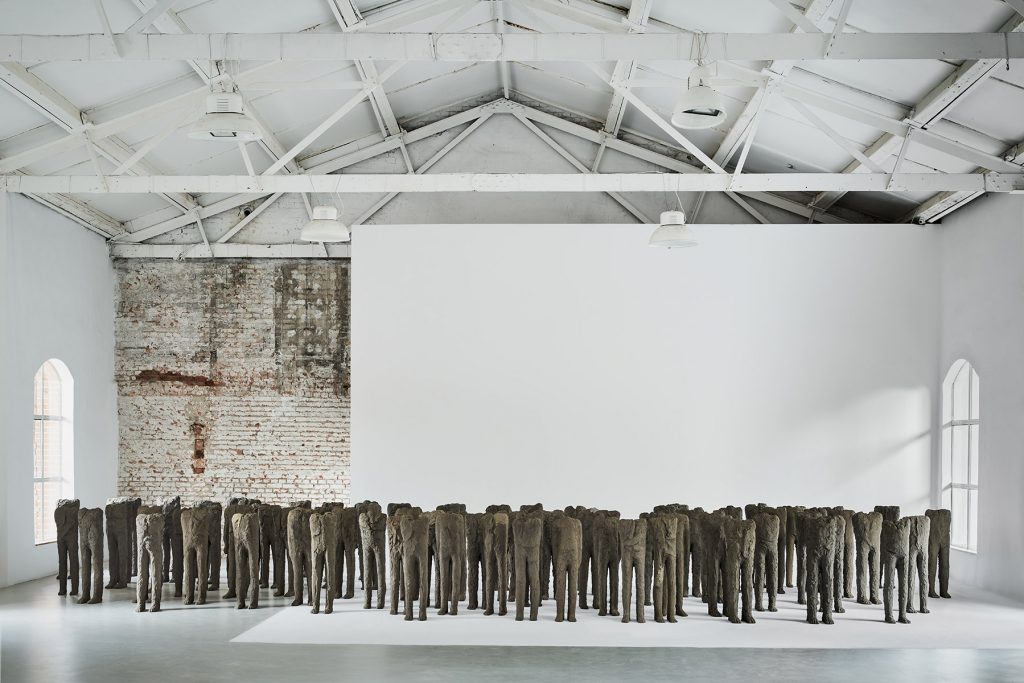
Magdalena Abakanowicz, Bambini (1998–99). Courtesy of Polswiss Art, Warsaw.
Other notable auctions in central Europe also ended on a high note. In neighboring Poland, a museum-caliber work by Magdalena Abakanowicz set a record for the Polish art market and a world record for the artist, when her installation of 83 figures, created between 1998 and 1999 and called Bambini, sold for 13.6 million złoty ($3.32 million) at Polswiss Art in Warsaw. (Unless otherwise noted, all prices include buyer’s premium; pre-sale estimates do not.)
Even amid a nationwide lockdown in Austria, Vienna’s Dorotheum reported strong results for its winter sales on December 1 and 2, which were completely virtual. Nevertheless, the auction house closed out what it called the “best year ever” for its modern art division, with €5.7 million ($6.4 million) in sales and a sell-through rate of 85 percent. For contemporary art, 80 percent of works found buyers this year, for a total sum of €8.6 million ($9.7 million). Those included a vibrant painting by Kenny Scharf, Sugar (2008–09), which went for €428,000 ($484,000), well above its €120,000 ($135,600) high estimate.
Back in Germany, Grisebach, which is based in the capital, had a special sale among its usual seasonal lineup, featuring works from the Sparkasse Bank’s collection. These included works with special attachments to Berlin, like Christo’s collage Wrapped Reichstag (Project for Berlin) (1994), a document of his famous project, which sold for €337,500 ($381,400). As the auction house rings in its 35th anniversary this fall, it also had a jubilee sale, led by a work by László Moholy-Nagy, which sold for €1.2 million ($1.34 million).
While the auctions in Germany continue to creep higher in value, prices don’t tend to exponentially blast through their estimates, as one often sees in the U.K. or the U.S. But it does happen. Here are four lots that glided easily past expectations during Germany’s winter sales.

Photo: © Ketterer Kunst GmbH und Co. KG
Auction: Ketterer Kunst, Postwar and Contemporary Art
Estimate: €30,000 ($34,800)
Sold for: €106,250 ($123,200)
This decadent, hyperrealistic painting of an orgy pairs contemporary details with the composition and scale of a historical painting. In this work, which was on view at Kunsthalle Emden for the show “The American Dream. American Realism 1945–2017,” Rodgers’s subjects are crammed together but lonely and isolated; and although painted in 2009, it meets the current zeitgeist. But Rodgers is not exactly a household name, so this work remains an anomaly for his market, which lingers in the five-figure range. His previous record in recent years was a 2013 painting that sold for $62,300 (above its high estimate of $22,700), also at Ketterer Kunst in 2019.
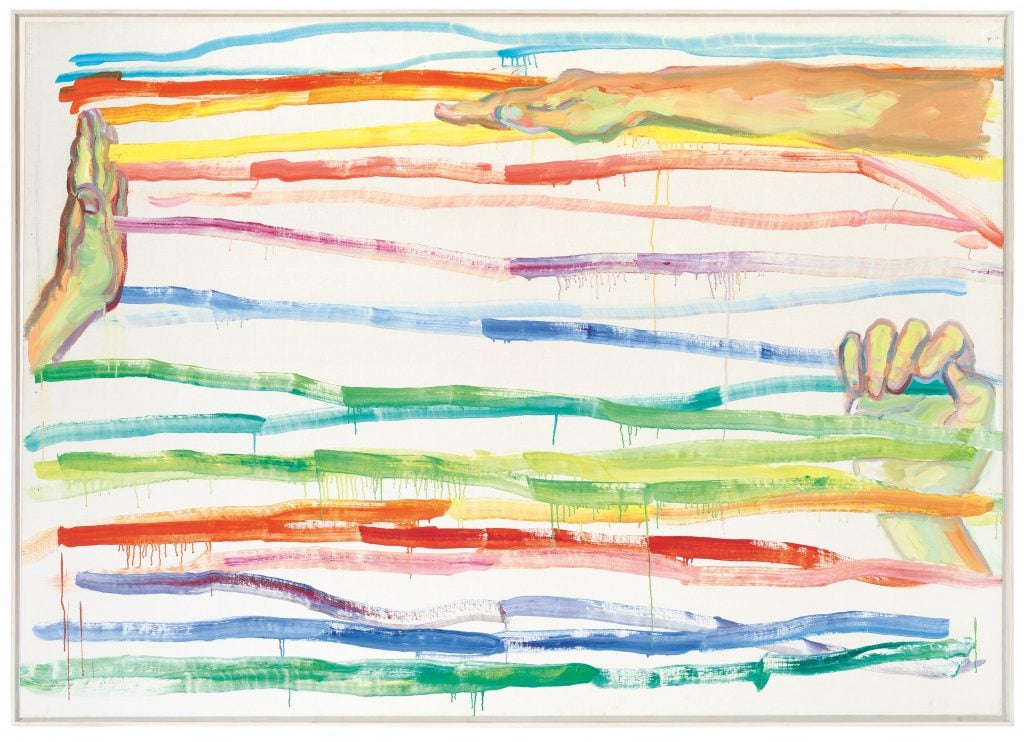
Photo: Karen Bartsch, Berlin © VG Bild-Kunst, Bonn 2021.
Auction: Grisebach
Estimate: €180,000–€240,0000 ($209,000–$279,000)
Sold for: €550,000 ($620,800)
This painting is a striking yet unusual work for the Austrian painter, who is better known for searing portraits of female subjects. No matter: this work achieved the fourth-highest price for a Lassnig painting, according to the Artnet Price Database. In the years since her death in 2014, Lassnig’s market has been heating up.
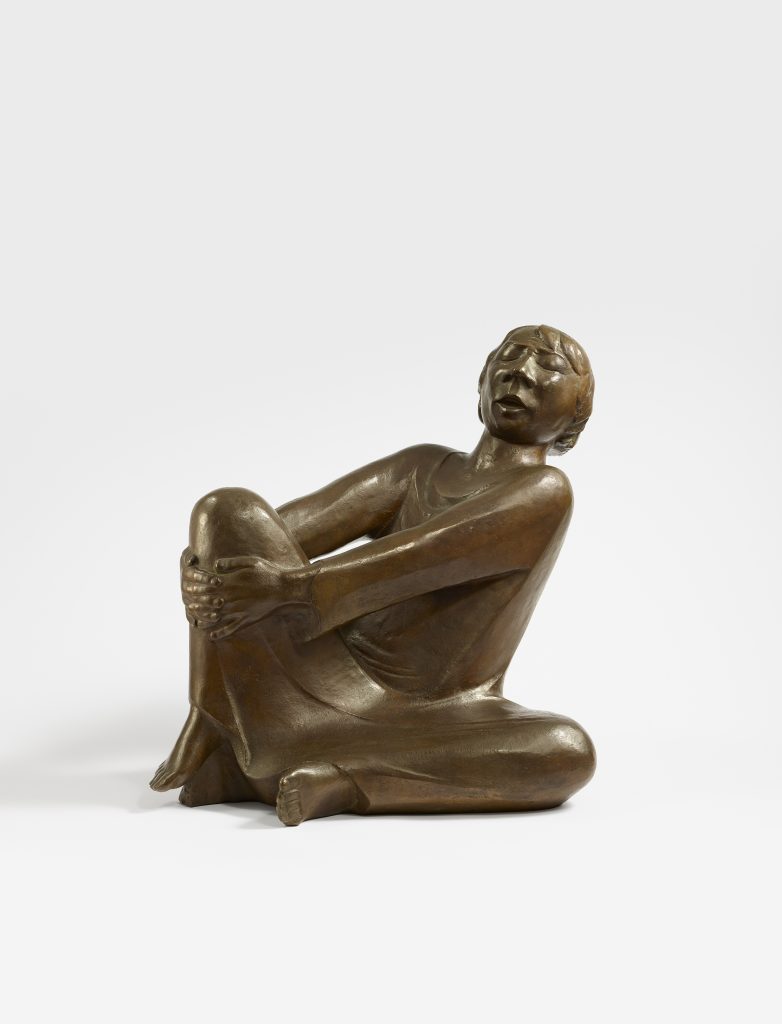
Courtesy of Lempertz.
Auction: Lempertz
Estimate: €250,000–€300,000 ($282,200–$338,600)
Sold for: €688,000 ($776,600)
One of Barlach’s most famous pieces from the German Expressionist movement was initially cast in a edition of ten, one of which went for sale at Lempertz this month, which had a busy weekend of auctions at the beginning of December that totaled €9.2 million ($10.4 million. Heightening its rarity, this example is the only numbered cast from this early period of lifetime castings of this famous work to be offered at auction in recent decades. Der singende Mann (The Singing Man) carries a fascinating history: versions were popular and exhibited in at Flechtheim’s galleries in Berlin and Düsseldorf in 1930, but soon after the political climate turned popular opinion against the artist.
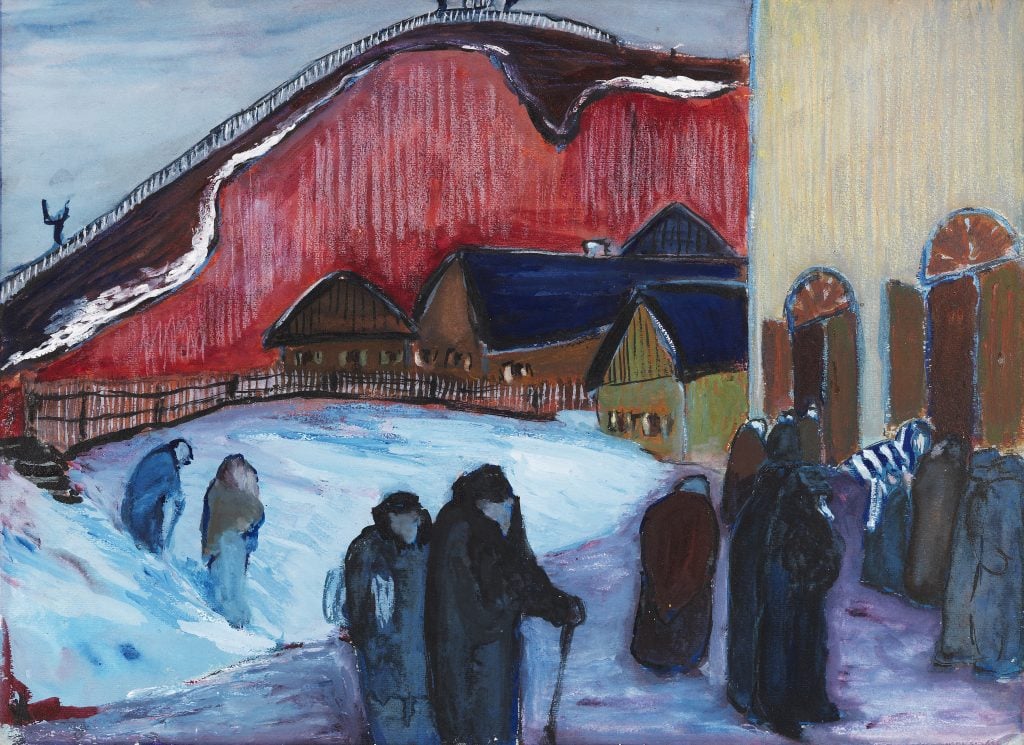
Photo © Ketterer Kunst GmbH und Co. KG
Auction: Ketterer Kunst, Modern Art
Estimate: €20,000 ($22,600)
Sold for: €425,000 ($479,700)
A luminous work by the Russian-German-Swiss expressionist painter Marianne von Werefkin sold at Ketterer’s modern sale, the second-highest price achieved for the artist, according to the Artnet Price Database. Her record was set at Christie’s in 2008 for a similarly composed landscape painting that shows a few people on a riverside with a large windmill in the background. The moody painting that sold this season, which portrays citizens attending synagogue in Kaunas, Lithuania, was made when the artist went to visit her brother there.